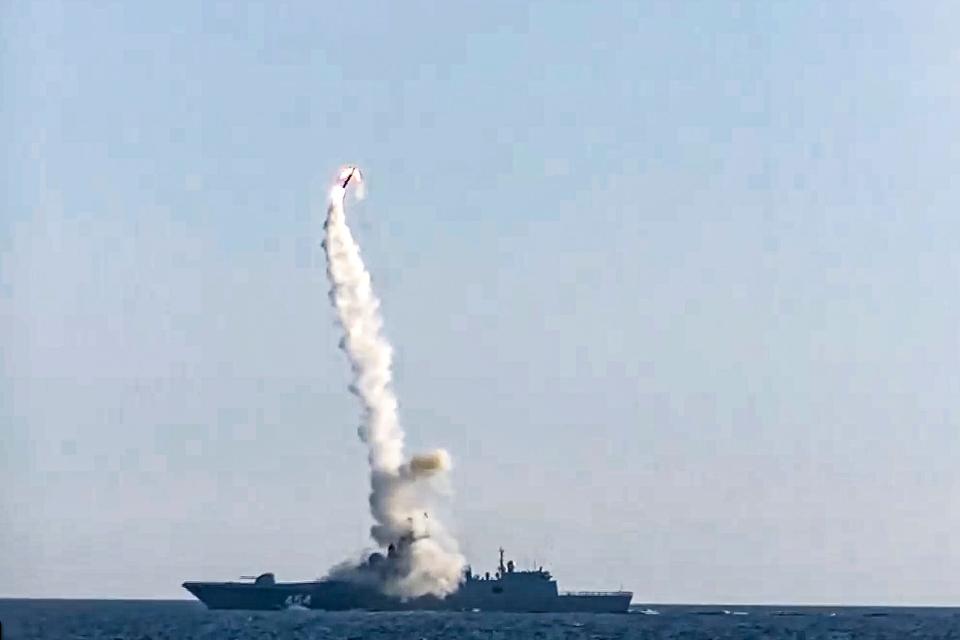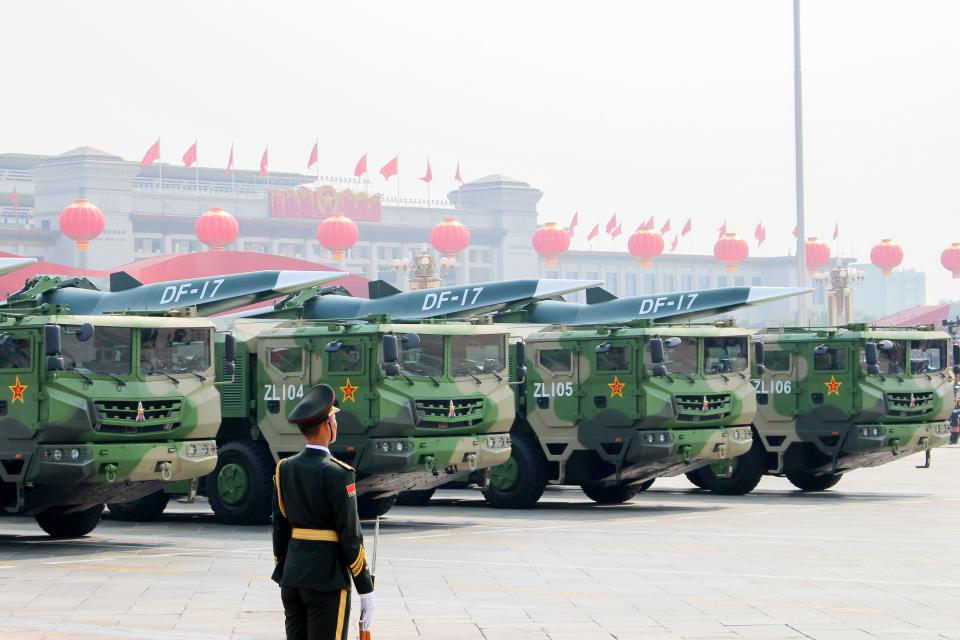The US and Pacific ally Japan are teaming up to defeat new hypersonic missiles that right now are basically unstoppable

The US and Japan have agreed to jointly develop a hypersonic missile defense system.
Hypersonic weapons are outside the threat envelope of current missile defenses.
The move is a major step for the allies toward defending against new missile threats from China and others.
The US and Japan have agreed to work together to develop a defense system to defeat hypersonic missiles, according to the US Department of Defense.
Hypersonic missiles are a daunting challenge and nearly impossible for current missile-defense systems to stop because they can fly low and maneuver along unpredictable flight paths, making the new project the US and Japan are working on significant as the two allies face emerging Russian and Chinese missile threats.
On Wednesday, the US and Japan "finalized a formal agreement for a Glide Phase Interceptor (GPI) Cooperative Development (GCD) Project Arrangement," which aims to develop a missile defense system that can effectively intercept hypersonic weapons in the glide phase of their flight.
The new bilateral agreement is the culmination of over a year of talks between the two countries. Plans for the co-development of a GPI were originally announced in August 2023 during a Japan-US summit. The US Missile Defense Agency will lead the development of the GPI, while Japan will contribute specific components.
In their joint statement, the allies said that the coming "GPI will deliver a regional defensive capability over time as part of a holistic layered defensive architecture. The GPI co-development will build upon long-standing U.S.-Japan missile defense cooperation and strengthen the Alliance deterrence posture."

The development of the planned GPI could be a game-changer against hypersonic threats, which neither country currently has the ability to defeat.
Though US weaponry has defeated adjacent threats like Russia's Kinzhal air-launched ballistic missile, current missile defenses would likely struggle against actual hypersonic weapons like China's DF-17 equipped with a hypersonic glide vehicle or Russia's Zircon scramjet-powered hypersonic cruise missile.
Cooperation on the GPI comes as the US and Japan face an expanding Chinese missile force capable of targeting US bases in Japan, as well as other positions in the Pacific region, and increasing cooperation between Moscow and Beijing that has American intelligence re-evaluating its defenses. Notably, Pyongyang is also attempting to develop what it says are hypersonic missiles.
Current and former US military leaders have expressed concerns about China's missiles, and US lawmakers and experts have said that the US lacks sufficient active and passive defenses to defend against a bombardment that could include hypersonic weapons.

The GPI project is not the first time the US and Japan have worked together on missile defenses.
The allies successfully tested the jointly developed Standard Missile 3 (SM-3) Block IIA interceptor in a February 2017 intercept of a ballistic missile target. The SM-3, part of the Aegis Ballistic Missile Defense system, was used in combat for the first time in April during Iran's missile and drone strike against Israel.
At the time, the launch of the SM-3 was significant not only because of its unprecedented use in combat, but also due to its unique capability to eliminate targets outside of the Earth's atmosphere, or exo-atmospherically.
Read the original article on Business Insider

